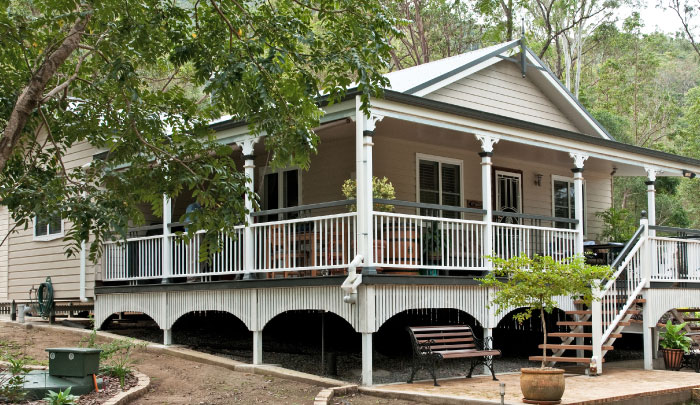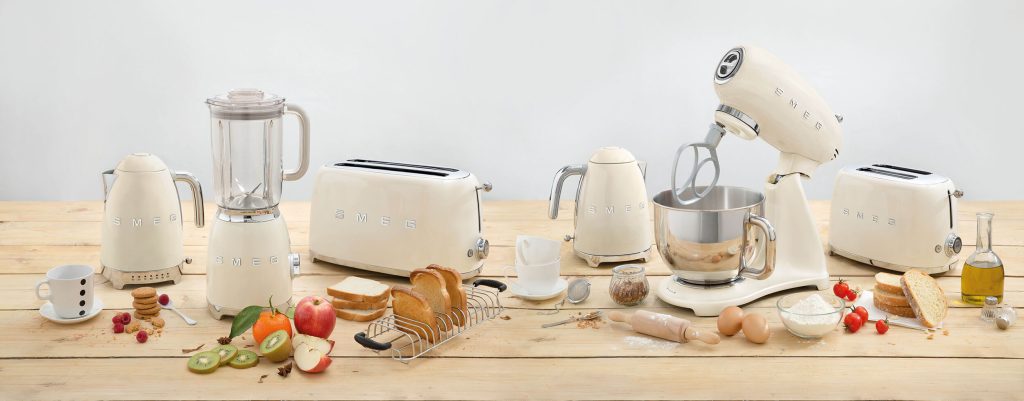Ready to take the plunge and build your first kit home? Paal Kit Homes shares their top tips for making the process simple and stress-free!
- Choose a home design that is appropriate to the size and setting of your block. Generous acreage with an expansive outlook, for example, deserves a decent-sized home. You don’t want to undercapitalise your property. If you erect a “starter house” on a large block, you’ll probably end up bulldozing it later.
- Have a secure clean area in which to store the first delivery. Galvanised steel frames won’t go rusty, but you want everything safe and clean. Try to store the materials in the reverse order that you’ll need them, so you don’t have to dig for or shift components to get at what you want.
- Some people build a storage shed, workshop or garage before they start their home. This is a good idea as it’s a great place to store your boxes of hardware and tools. The second kit delivery isn’t such a concern, as it can be stored under cover in your locked up home.
- Read the construction manual entirely through before you commence building. That will give you an idea of the scope of the project. Then start again at the beginning.
- Try to devote some fulltime work to your house, at least until you reach the lock-up stage. We recommend that you take accumulated leave or use a spell between jobs to make a really concerted effort on the framing, roof and exterior cladding.
- Assess what your skills are and what tasks you feel happy undertaking. Some owner builders enjoy learning new skills and have even gone so far as to excavate their own foundations. Others prefer to leave these tasks to specialised tradespeople.
- Consider hiring trades help for larger tasks such as roofing and plasterboarding, especially if you are building a larger home. You can partner with the tradesperson, or focus on other parts of the home while the tradie makes short work of these sometimes lengthy jobs.
- A strong start on the home at the end of winter or early springtime will yield benefits later on when you are working undercover during the hottest months of summer.
- For larger homes, a portable scaffold can be a good idea for erecting the roof trusses, rather than a stepladder that has a limited working range and must be constantly shifted.
For the best in kit home design and bulding, visit paal.com.au




